YK-11 is a selective androgen receptor modulator (SARM) that has gained some attention in bodybuilding and fitness communities due to its purported ability to promote muscle growth. However, YK-11 is somewhat unique compared to other SARMs because it’s also classified as a myostatin inhibitor, which means it may reduce the activity of myostatin, a protein that regulates muscle growth. By inhibiting myostatin, YK-11 could theoretically allow for more muscle mass to be gained.
Some key details about YK-11:
- YK-11 – This is the most common name used for the compound.
- Myostatin Inhibitor – This is a secondary descriptor, highlighting its potential mechanism for increasing muscle growth.
- SARM – While it’s primarily categorized as a SARM, its dual action makes it different from other SARMs.
YK-11 is considered potent, but there is limited human research available on its safety and effectiveness. Some potential risks could include liver toxicity, hormonal imbalances, and suppression of natural testosterone production.
YK-11 is a particularly intriguing compound because it combines features of both SARMs and myostatin inhibition, but as a result, it carries a unique set of potential effects and risks.
How YK-11 Works:
- Selective Androgen Receptor Modulator (SARM) Activity: Like other SARMs, YK-11 binds to androgen receptors in the body, but it does so with greater potency than many other SARMs. This means it can stimulate muscle growth (anabolic effects) while having fewer androgenic side effects (like hair loss or aggression) compared to traditional anabolic steroids.
- Myostatin Inhibition: One of the standout features of YK-11 is its ability to inhibit myostatin, a protein that limits muscle growth. In theory, by reducing myostatin levels, YK-11 could allow for significant increases in muscle mass. Myostatin inhibition is a concept that’s also being explored in genetic research and therapies for muscular dystrophy and other conditions.
Potential Benefits:
- Increased Muscle Mass: By binding to androgen receptors and inhibiting myostatin, YK-11 may promote significant muscle growth. Some studies on animals suggest it could be more effective than other SARMs at increasing lean muscle mass.
- Enhanced Strength: Users of YK-11 report significant improvements in strength, likely due to both muscle mass increases and improved muscle recovery.
- Fat Loss (Potentially): Some users also claim that YK-11 can aid in fat loss due to its anabolic effects, though it’s primarily considered a muscle-building agent.
Potential Risks & Side Effects:
- Testosterone Suppression: Like other SARMs, YK-11 can suppress natural testosterone production. This can lead to symptoms of low testosterone, including fatigue, reduced libido, and even mood swings. Post-cycle therapy (PCT) is often recommended after using YK-11 to help restore natural hormone production.
- Liver Toxicity: While YK-11 has not been as widely studied as other SARMs, there are concerns about its potential hepatotoxicity (liver toxicity), particularly with long-term use. Some users report elevated liver enzymes while using SARMs, and this could also apply to YK-11.
- Hormonal Imbalance: Since YK-11 impacts androgen receptors and potentially disrupts the natural balance of hormones, it can cause issues like acne, hair loss, or changes in mood (aggression, irritability). For some users, these side effects may be similar to what’s seen with anabolic steroids.
- Lack of Research in Humans: While animal studies show promise for muscle growth and myostatin inhibition, there is limited clinical research in humans on YK-11. This means the full scope of its side effects, long-term risks, and overall efficacy is not well understood.
Dosage & Cycle Length:
- Typical Dosage: YK-11 is often taken in doses ranging from 5-10mg per day. It’s typically cycled for about 8-12 weeks.
- Cycle & PCT: Due to the potential for suppression of natural testosterone production, a post-cycle therapy (PCT) protocol is usually recommended to help restore hormone levels after using YK-11.
Conclusion:
While YK-11 has the potential to deliver substantial muscle growth and increased strength, the risks involved—particularly the lack of long-term studies on its safety—make it a compound that should be used with caution. Users should be aware of possible hormonal disruptions, liver toxicity, and the need for proper PCT.
Would you like to explore more about its research or its alternatives in terms of SARMs?

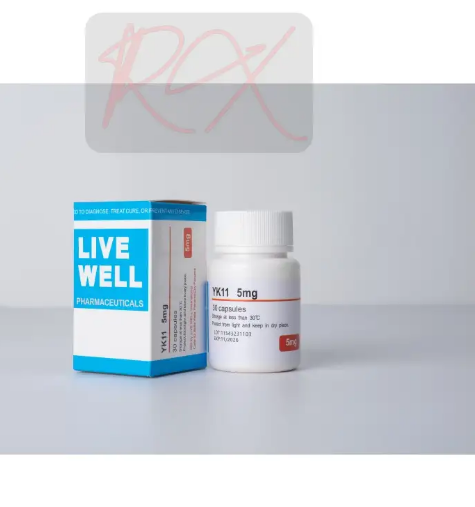

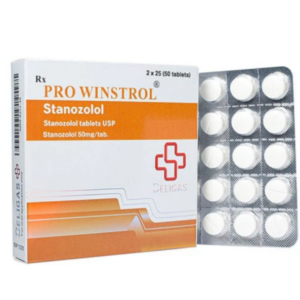
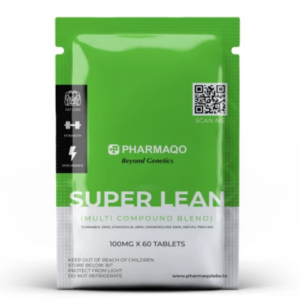
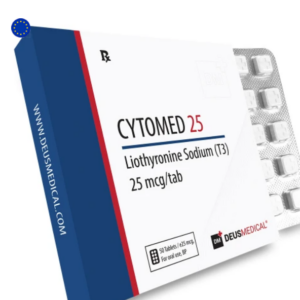
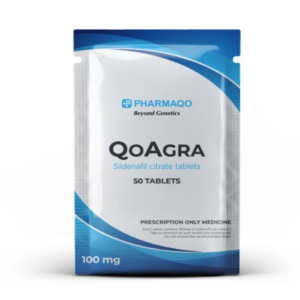
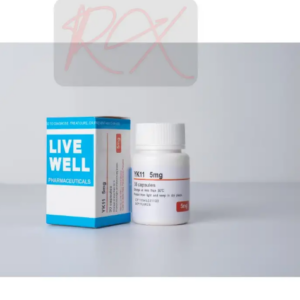
Reviews
There are no reviews yet.